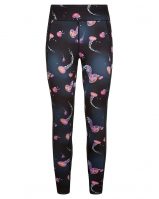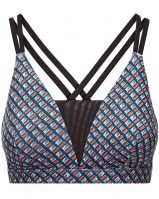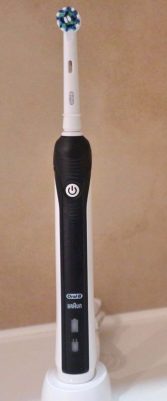If you realize, after you have read this article, that you need a protein supplement in order to meet your protein requirements but are not sure what product to choose – Click here for more info for a source of top product reviews.
If you are sedentary and of healthy weight aim for 1.2-1.8g of protein per kg body weight (0.54-0.82g/lb).
If you are active and want to maintain your weight, aim for 1.4-2.2g/kg (0.64-1.00 g/lb).
If you are active, wish to build muscle and are of healthy weight, include between 1.4-3.3g (0.64-1.50 g/lb) of protein per kg of body weight. Having more than 2.6kg (1.18/lb) won’t lead to even greater muscle gains, but it can assist with minimizing fat gains.
If you are active, wish to lose fat, eat 2.2-3.3 g/kg (1.00-1,50 g/lb).
If you are obese or overweight, have 1.2-1.5 g/kg (0.54-0.68 g/lb).
Aim for 1.66-1.77 g/kg (0.75-0.80 g/lb) if you are pregnant.
Protein Intake For Sedentary, Healthy Adults
The U.S RDA (Recommended Dietary Allowance) is 0.8 g of protein per kg of body weight. This is the minimal amount that should be consumed on a daily basis by healthy adults. This may not be sufficient especially for older people and healthy young men. When looking further into the matter, it is clear that we actually need at least 1.2 g/kg before the body starts neglecting important bodily processes such as muscle protein synthesis and immune function.
Protein Intake For Active Adults And Athletes
If you are an athlete or very active physically, you need a bit more protein each day. The Dietitians of Canada, the International Society of Sports Nutrition, the Academy of Nutrition and Dietetics and the American College of Sports Medicine recommend between 1.2-2.0 g of protein per kg of body weight for optimal recovery from training and for the maintenance and growth of lean mass.
Protein For Muscle Gain
If you are doing resistance training and want to build some muscle, there are studies that suggest that you should have around 3.3 g/kg per day. This amount of protein will not help you to gain more muscle, but instead, it will assist in minimizing fat gain.
Optimal Protein Intake For Pregnant Ladies
Additional protein is required by the developing fetus, and it is, therefore, important that a pregnant woman should consume around 1.66 g/kg during weeks 10-20 and 1.77 g/kg during weeks 32-38. Increased protein intake may lower the risk of low birth weight as well as the risk of stillbirth. If a pregnant woman is active and engages in physical activity, this amount may increase even more.
The Amount Of Protein Per Meal
The total daily intake of protein should be spread across four meals resulting in adults in their twenties eating around 0.24 g/kg as a minimum dose per meal and adults over fifty aiming for 0.4 g/kg.
A young athlete who weighs 175-pounds should consume around 19g of protein per meal, but when looking at the amounts of protein an active adult should intake, he would be able to benefit from as much as 170g per day. This would result in 9 meals per day. One option is to constantly sip on a protein shake, but this might not be ideal – if the intake of protein is too frequent, the body can get desensitized to the anabolic signaling thereof. In this case, it would therefore, be more realistic to rather consume more than 19g of protein per meal.
![]()











